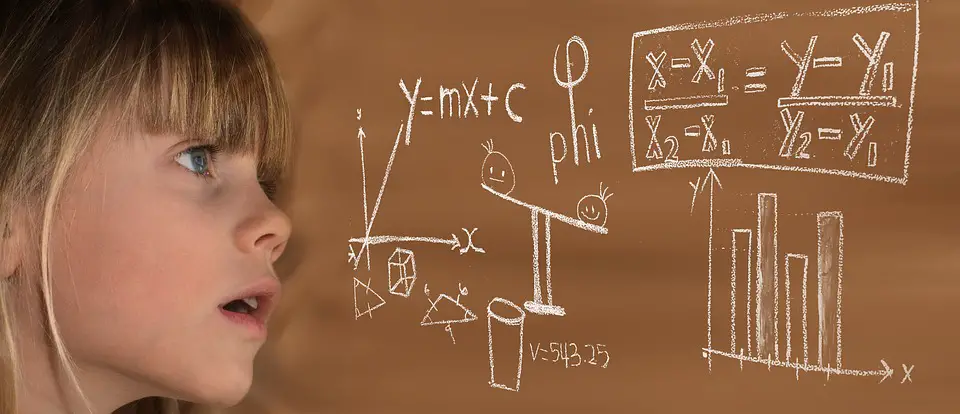
Python sets are a powerful data structure that allow for quick and efficient manipulation of data. Sets are unordered collections of unique elements, and can be manipulated using a variety of built-in methods and functions. In this article, we will explore some advanced techniques for manipulating Python sets.
One common operation when working with sets is to combine two sets into a single set. This can be accomplished using the union() method or the pipe (|) operator. For example, if we have two sets, set1 = 1, 2, 3 and set2 = 3, 4, 5, we can combine them into a single set using the following code:
“` python
set3 = set1.union(set2)
# or
set3 = set1 | set2
“`
This will result in set3 containing the elements 1, 2, 3, 4, 5. Similarly, we can also find the intersection of two sets using the intersection() method or the ampersand (&) operator. For example, if we have the same sets set1 and set2, we can find the intersection as follows:
“` python
intersection = set1.intersection(set2)
# or
intersection = set1 & set2
“`
This will result in the intersection variable containing the elements 3.
Another useful operation when working with sets is to check if one set is a subset or superset of another set. This can be done using the issubset() and issuperset() methods. For example, if we have two sets, set1 = 1, 2, 3 and set2 = 1, 2, we can check if set2 is a subset of set1 as follows:
“` python
is_subset = set2.issubset(set1)
“`
This will return True, indicating that set2 is a subset of set1. Similarly, we can check if set1 is a superset of set2 using the issuperset() method:
“` python
is_superset = set1.issuperset(set2)
“`
This will also return True, indicating that set1 is a superset of set2.
In addition to these basic operations, Python sets also support more advanced techniques for manipulating data. For example, we can use set comprehension to create a new set based on an existing set. Set comprehension is similar to list comprehension, but creates a set instead of a list. For example, if we have a set set1 = 1, 2, 3, we can create a new set containing the squared elements of set1 as follows:
“` python
squared_set = x**2 for x in set1
“`
This will result in squared_set containing the elements 1, 4, 9.
Overall, Python sets provide a powerful and efficient way to manipulate data. By using the built-in methods and functions provided by sets, as well as more advanced techniques like set comprehension, you can quickly and easily perform a wide range of operations on sets in Python. Experiment with these techniques to see how they can help streamline your code and improve your data manipulation capabilities.






